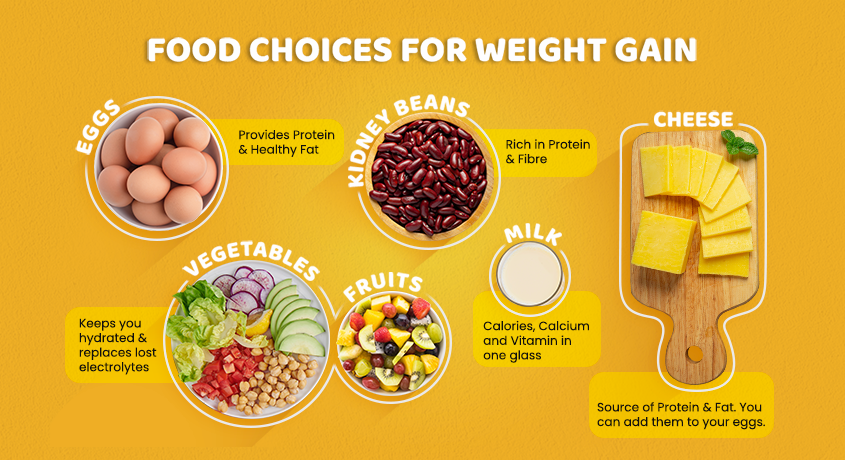Listening to music during exercise not only relieves fatigue – it can help improve the quality of your exercise, increase your endurance, and keeps you in a good mood.
In particular, the physical and psychological effects of application with stimulating listening to music or exercise have been demonstrated. For example, when a song has a strong, steady beat, you can pedal or run to the musical beat, which sounds good and encourages you to practice a lot. Encouraging music or exciting songs encourage you to exercise more or work harder during your workout.
Impact on your practice
Some experts believe that listening to music is a hindrance. Destroyers are known to cause less pain, which means you’ll feel less pain during exercise. People who do not listen to music may struggle with the intensity of their exercise, and may feel very tired or sore when exercising. The music listener will be confused and will not feel any discomfort or pressure in the body.
In the Social and Applied Psychology of Music, authors North and Hargreaves suggest that music inhibits pain through competing stimuli during exercise, implying that, both music and exercise pain are related. It’s easy to forget or ignore the pain or fatigue when you’re busy singing. However, music has many other effects on your workout.
Enhances athletic performance

Several studies have shown that listening to music can improve your performance, either by increasing the distance you walk, the speed at which you travel, or by increasing the number of repetitions.
A University of Toronto study examined 34 patients undergoing cardiopulmonary resuscitation using specific exercise methods. The researchers divided them into three groups: one without music, one with a personalized playlist, and one with a playlist specifically designed to improve rhythm-adjusted auditory stimulation (RAS). While the group listening to RAS music did not realize that they were using the same amount of energy, their stamina, intensity, and exercise duration were higher than the other two groups.
Another study found that people who listened to music on a treadmill increased their speed and distance travelled without feeling fatigued.
Reduces fatigue
We’ve talked about this before, but listening to music during exercise can reduce the feeling of physical fatigue. A 2010 study found that music not only enhances your working capacity but also reduces fatigue. Also we talked about how this is a major disorder, it takes away the tiredness and pain you feel from your mind.
Rhythm coordination
It’s a natural way for your body to adjust to the rhythm of the song. The louder and more lively the song, the higher your tempo will be. Music stimulates the part of the brain that controls movement, so it helps your body perform repetitive movements more efficiently.
This coordination increases heart rate, metabolism and energy efficiency, while also reducing blood pressure, physical and mental pressure. Plus, you’re less likely to feel tired.
Various studies have shown that a certain speed leads to greater performance in certain exercises. For example, a 2011 study found that the ideal pace for optimal cycling performance (measured by measuring heart rate intensity) would be between 125 and 140 beats per minute. A similar study in 2014 found the best BPM was on the treadmill, and found that listening to music performed best between 123 and 131 BPM.
Experts agree that the best tempo is 120 to 140 beats per minute for maximum results. However, for slower, more relaxing activities (such as yoga), low tempo music will work best.

Listening to music improves mood
One of the great benefits of music (not just exercise) is that it improves your mood. Listening to music releases feel-good hormones (such as dopamine, oxytocin, etc.) in the body. It also lowers the level of cortisol (a stress hormone in the body). As this level decreases, so does your stress. It allows you to let go of negative thoughts and enter a more positive state of mind.
Since exercise improves your mood by releasing hormones that make you feel better, exercising while listening to music is a great way to improve your mood.

Listening to music reduces pain
Listening to Music helps reduce pain and fatigue. It not only works as a distraction from fatigue but also from pain. Not only this, you can also do welding with the help of fire. As you mentioned, listening to music releases mood-enhancing hormones and opioids in the body. These hormones not only improve your mood, but they can also reduce pain.
These hormones increase your tolerance for pain, which makes you more tolerant during exercise. If you have a response to music (such as harmonizing your movements with rhythm), you increase the cues of opioids, enhancing their pain-relieving properties.
You see, there’s a reason why music is an essential part of your workout. It helps in motivating people to work hard while providing endless benefits.
Increased physical activity
Studies show that high-speed music helps improve athletic performance when one engages in low- to moderate exercise, either through distance, speed, or full repetitions. For example, looking at the effect of music on treadmill speed choices, a 2006 study found that when listening to high-speed music, participants increased their speed and covered distances without strain. Other studies have found similar results, suggesting that listening to music with a higher heart rate per minute can increase physical activity over a shorter period of time than moderate exercise.
Several studies have shown that the precise speed at which the number of beats per minute is measured affects the level of exercise. These studies have found that the desired range of motion to achieve maximum performance depends on the type of exercise. A 2011 study found that – for optimal cycling performance (calculated by measuring exercise intensity by heart rate), the optimal pace was between 125 and 140 beats per minute. A study published in 2014 suggests that the best speed to improve performance on a treadmill is between 123 and 131 beats per minute. One understandable reason why different types of exercises differ in tempo is the ability to catch the beat of the music or adjust the steps to the beat of the music or pedals. Because different elliptical exercises differ, different musical speeds are needed to achieve optimal performance.
Recently, researchers have begun to pursue a more detailed explanation of why listening to music can improve exercise performance. Sports psychologist C.I. Cara Georges states that music can improve an athlete’s performance in two ways: it either reduces fatigue or increases work efficiency. According to this research, the effect of music is “higher than expected endurance, strength, output, or performance”.
North and Hargreaves suggest that listening to music helps you deal with sensory stimuli rather than pain during exercise, because it’s easy to forget pain or fatigue when you’re engaged in a song to enjoy.














